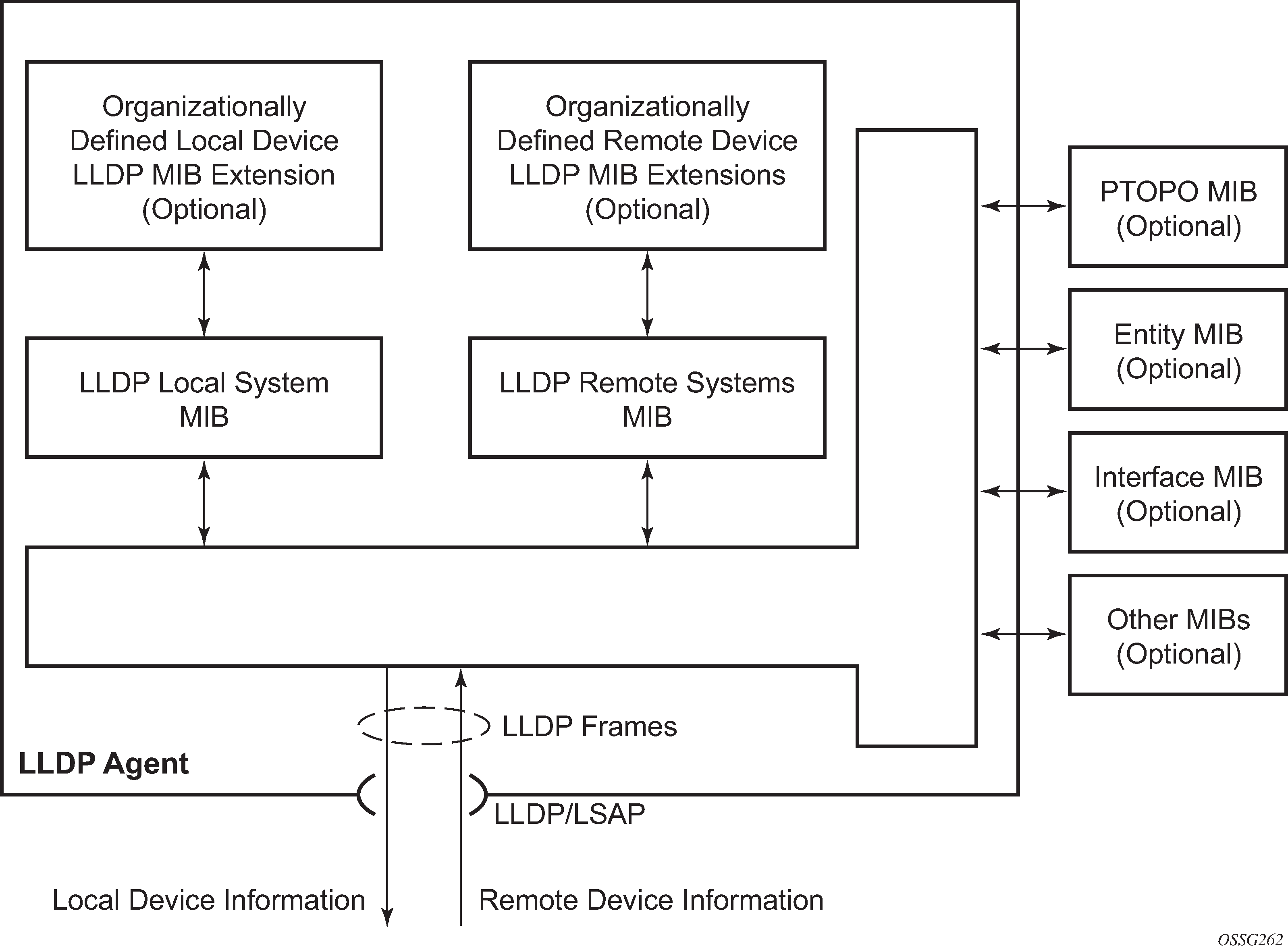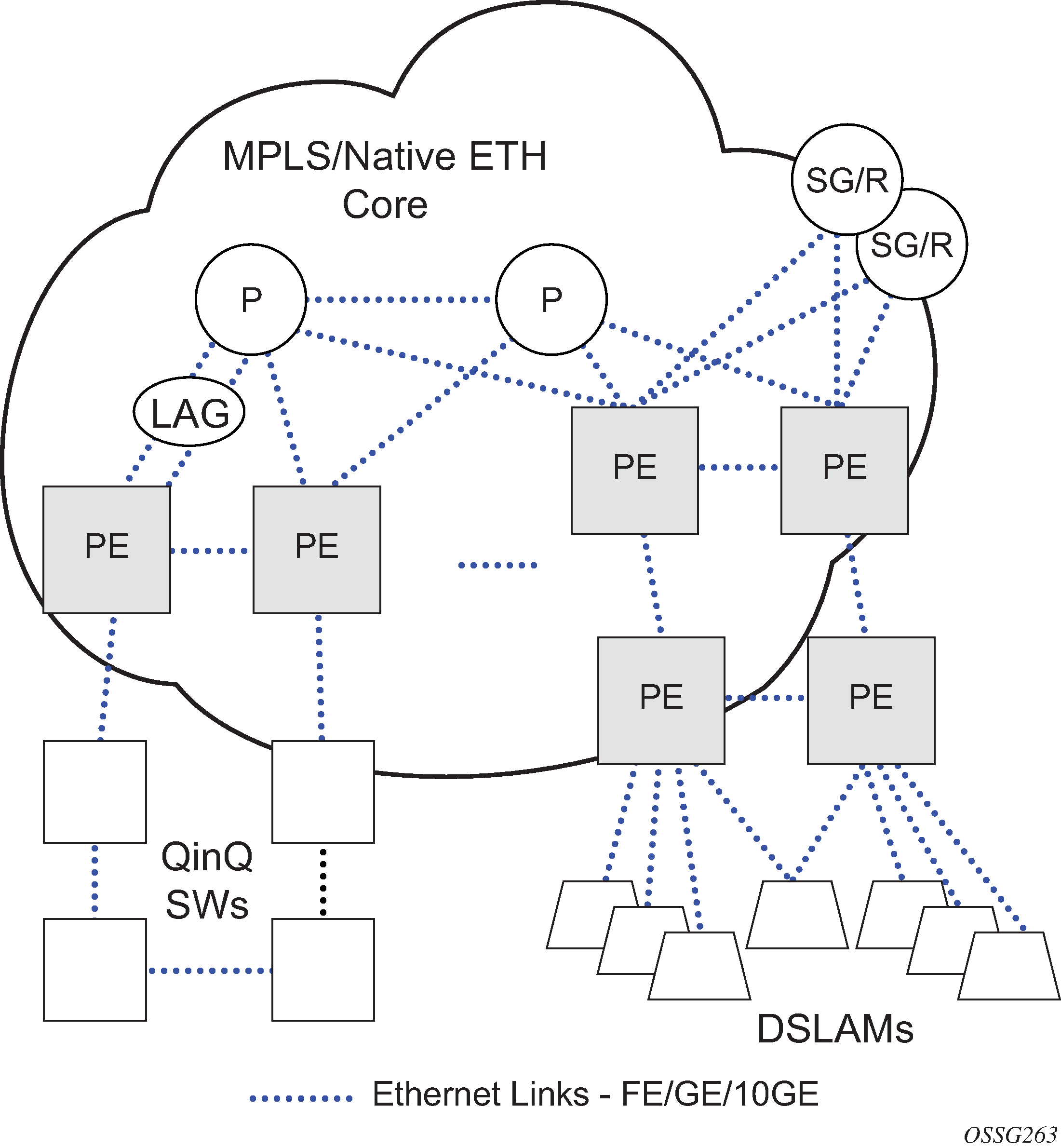The IEEE 802.1ab Link Layer Discovery Protocol (LLDP) standard defines protocol and management elements that are suitable for advertising information to stations attached to the same IEEE 802 LAN (emulation) for the purpose of populating physical or logical topology and device discovery management information databases. The protocol facilitates the identification of stations connected by IEEE 802 LANs/MANs, their points of interconnection, and access points for management protocols.
Note that LAN emulation and logical topology wording is applicable to customer bridge scenarios (enterprise/carrier of carrier) connected to a provider network offering a transparent LAN emulation service to their customers. It helps the customer bridges detect misconnection by an intermediate provider by offering a view of the customer topology where the provider service is represented as a LAN interconnecting these customer bridges.
The IEEE 802.1ab standard defines a protocol that:
Advertises connectivity and management information about the local station to adjacent stations on the same IEEE 802 LAN.
Receives network management information from adjacent stations on the same IEEE 802 LAN.
Operates with all IEEE 802 access protocols and network media.
Establishes a network management information schema and object definitions that are suitable for storing connection information about adjacent stations.
Provides compatibility with a number of MIBs as shown in Figure 1.
Figure 1. LLDP Internal Architecture for a Network Node
Network operators must be able to discover the topology information to detect and address network problems and inconsistencies in the configuration. Moreover, standard-based tools can address the complex network scenarios where multiple devices from different vendors are interconnected using Ethernet interfaces.
The example shown in Figure 2 depicts a MPLS network that uses Ethernet interfaces in the core or as an access/handoff interfaces to connect to different kind of Ethernet enabled devices such as service gateway/routers, QinQ switches, DSLAMs or customer equipment.

IEEE 802.1ab LLDP running on each Ethernet interfaces in between all the above network elements may be used to discover the topology information.
Operators who are utilizing IOM/IMM can tunnel the nearest-bridge at the port level using the tunnel-nearest-bridge command under the config>port>ethernet>lldp>destmac (nearest-bridge) hierarchy. The dest-mac nearest-bridge must be disabled for tunneling to occur.